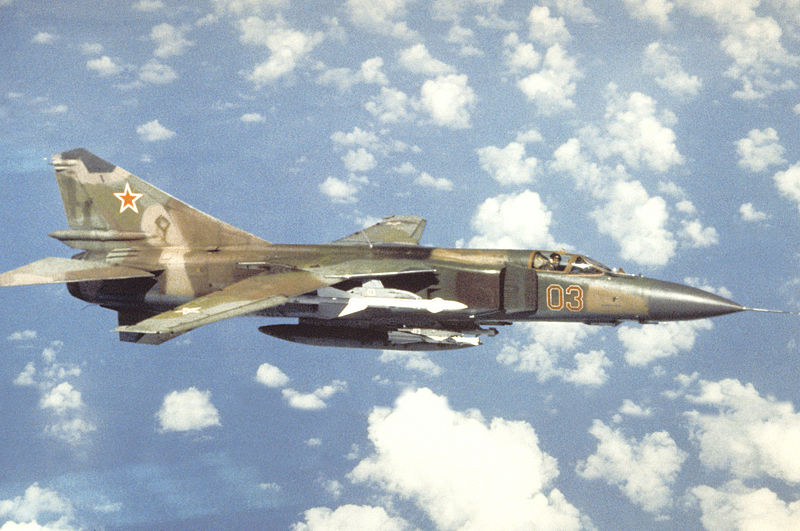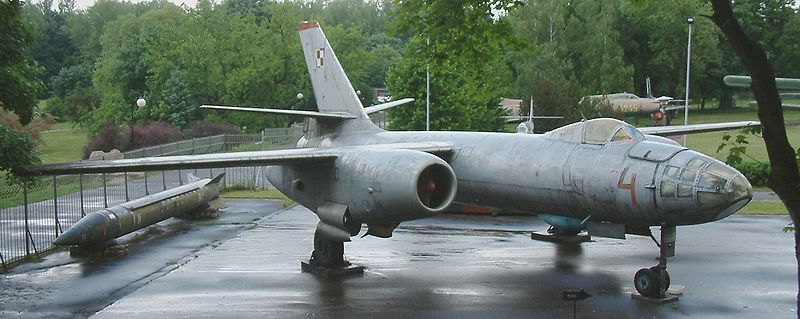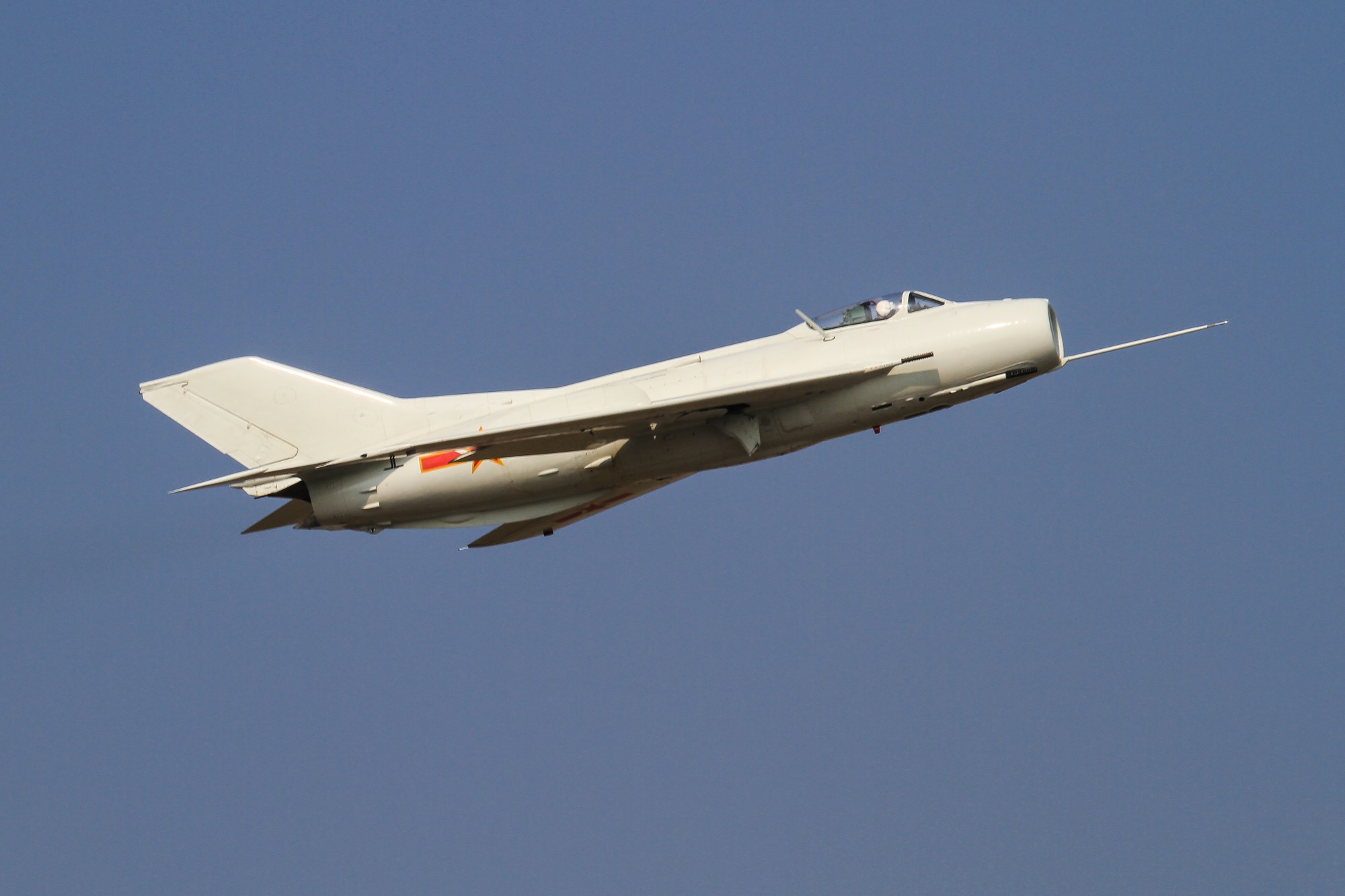North Korean Air Force Combat Aircrafts
1. Mikoyan MiG-29
The Mikoyan MiG-2 is a twin-engine jet fighter aircraft designed in the Soviet Union. Developed by the Mikoyan design bureau as an air superiority fighter during the 1970s, the MiG-29, along with the larger Sukhoi Su-27, was developed to counter new U.S. fighters such as the McDonnell Douglas F-15 Eagle and the General Dynamics F-16 Fighting Falcon. The MiG-29 entered service with the Soviet Air Forces in 1982.
2. MiG - 2
3. MiG - 23
4. Sukhoi Su-25
The Sukhoi Su-25 Grach (NATO reporting name: Frogfoot) is a single-seat, twin-engine jet aircraft developed in the Soviet Union by Sukhoi. It was designed to provide close air support for the Soviet Ground Forces. The first prototype made its maiden flight on 22 February 1975. After testing, the aircraft went into series production in 1978 at Tbilisi in the Georgian Soviet Socialist Republic.
5. Ilyushin Il-28
The Ilyushin Il-28 (NATO reporting name: Beagle) is a jet bomber of the immediate postwar period that was originally manufactured for the Soviet Air Forces. It was the Soviet Union's first such aircraft to enter large-scale production. It was also licence-built in China as the Harbin H-5. Total production in the USSR was 6,316 aircraft, and over 319 H-5s were built.
6. Shenyang J-5
7. Shenyang J-6
The Chengdu J-7 (NATO reporting name: Fishcan) is a People's Republic of China license-built version of the Soviet Mikoyan-Gurevich MiG-21. Though production ceased in 2013, it continues to serve, mostly as an interceptor, in several air forces, including the People's Liberation Army Air Force.
8. Chengdu J-7
The Chengdu J-7 ( NATO reporting name: Fishcan) is a People's Republic of China license-built version of the Soviet Mikoyan-Gurevich MiG-21. Though production ceased in 2013, it continues to serve, mostly as an interceptor, in several air forces, including the People's Liberation Army Air Force.
.jpg)


.jpg/800px-Sukhoi_Su-25_of_the_Russian_Air_Force_landing_at_Vladivostok_(8683076150).jpg)



.jpg)

4 Comments
great info
ReplyDeletegreat info
ReplyDeleteNow thats why US dont attack North Korea
ReplyDeletecool info
ReplyDelete